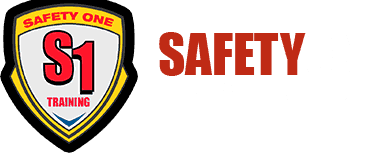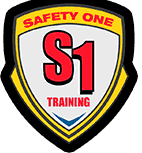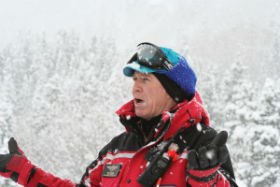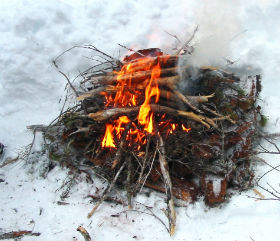21 Nov Winter Survival: Fire Starting Part III
After Part I and Part II in my series on Winter Survival: Fire Starting, the questions is now what? Well, let me tell you!
Accelerators
Accelerators are natural and manmade substances that enhance or accelerate the burning of natural fuels. They can range from dry grass and tree pitch to manmade fuels and homemade concoctions of all types. No doubt you are familiar with or have heard of a wide range of fire accelerants. All might work under certain conditions but many have drawbacks. Most are not fully reliable for survival and many are susceptible to moisture and wind or have limited shelf lives. Some are “one time, one use” items meaning you get one shot at it. If it’s the only item you have in an emergency situation, you’re putting all your eggs in one risky basket. Some are simply junk you don’t want to depend on in survival.
Trioxane
My accelerator of choice, trioxane, is commonly referred to as military fuel tablets or “heat tabs.” I have used them since 1970 without a single failure. Standard tablets come in sealed foil packets and are three inches long, one inch wide and half inch thick. The entire tablet can be lit and used as a giant match to start a fire, warm up food, melt ice/snow, purify water or make a hot beverage. A tablet can be pushed slightly out of the foil and lit to start a fire then blown out to be reused over and over. The tablet can be broken into a couple dozen chunks smaller than a bullion cubefor starting numerous fires. In survival a single tablet enables you to start a new fire whenever needed or multiple fires simultaneously such as three signal fires. Besides the 3-inch tablets, there are smaller versions about half their size. I prefer the full sized ones, why not!
Alternatives
While trioxane is a great accelerator, you always want a backup. There are too many accelerants to cover but numerous products will come up with online searches of “petroleum cotton balls,” “survival candles” and “fire ribbon.” Vaseline smeared on kindling twigs or rubbed into cotton balls will ignite fairly easily if out of the wind. I’ve had Vaseline coated cotton balls burn up to 5 minutes. Dry cotton balls work fine but burn quicker. Partially unroll or pull apart a cotton ball, put a finger swipe of Vaseline in it, fold together and roll between your palms. Make 3-4 and store in a airtight container like a film vial if you have an of those old things lying around. Seal the lid rim with electrical or duct tape. Replenish each year. Assorted candle wax products work well but I prefer saving them for using inside a vehicle/shelter for light and heat as you need to burn several to generate much warmth. Manufactured resins are pretty good but not 100% reliable. Of three tube brands I tried, only Mautz’ Fire Ribbon lit below 20-25 degrees F. All petroleum accelerants eventually dry out or evaporate, even in sealed tubes. And dried residue doesn’t light well if at all. Most petroleum and sawdust mixes are hard to light in the wind and blow out easily. A better use for them is heating a shelter interior. There is a wide assortment of novel items that burn such as road flares, super glue, bike patch glue, alcohol towelettes, potato chips, gun powder concoctions, volatile chemicals, and even some first aid items. But be practical. Use road flares for signaling, glues freeze, alcohol evaporates, your coworker ate the chips yesterday, explosions are painful, and save first aid items for those powder burns. Carry the right stuff to do the job right. When it comes to accelerants, keep in mind some are okay, others aren’t. Test a few under realistic conditions and decide for yourself. Do your annual pre-winter gear checks and replace or replenish dried out or depleted items. While I carry some backup items, I’ll start with trioxane in an emergency.
Okay, you’re all set. You have your UCO storm proof matches and a trioxane tablet. Just need a few sticks and you’re ready to start that life saving fire. Hold your horses, there are some things to think about first. Check back and I will have another post for you soon.
Stay warm, stay dry!




jim murphy
Posted at 09:27h, 24 NovemberGreat tips. I look forward to more. Here in Colorado there can be life or death in what one brings along. Just like a pistol; if you don’t have one with you, you don’t have one. One cool suggestion for day 2 or 3 in the wildernes I learned in CO hunters safety is a pkg of dental floss. Open up the top an put a couple of fishing flys in there. The floss can be used for all kinds of things in a pinch. By pulling the a 3-4 foot piece of floss apart tying them together and dangling a fly just on top of the water from an overhanging branch is a good way to catch a fish while performing other necessary functions. Floss is not a bad material for small game traps and there is a lot on a roll. A roll of clear nylon thread is about 2-3 # test and has the added advantage of being a good suchure material if a needle is part of the survival kit. I use it ice fishing. works great and a buck a roll.
Thanks again
Murph